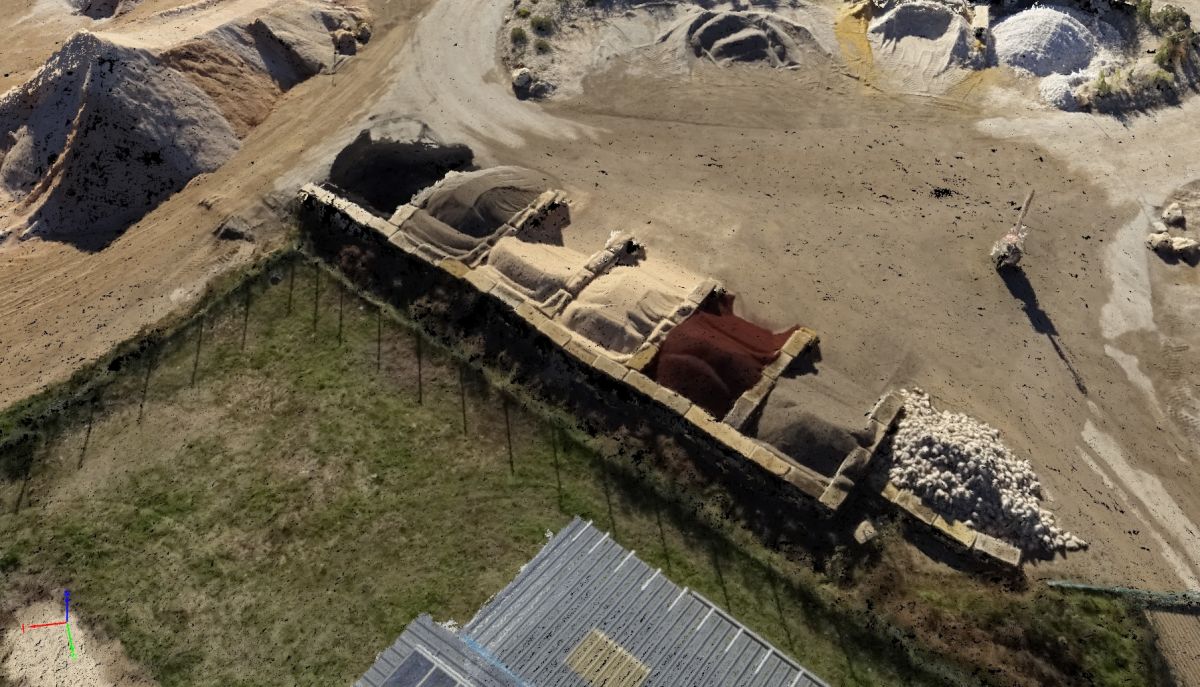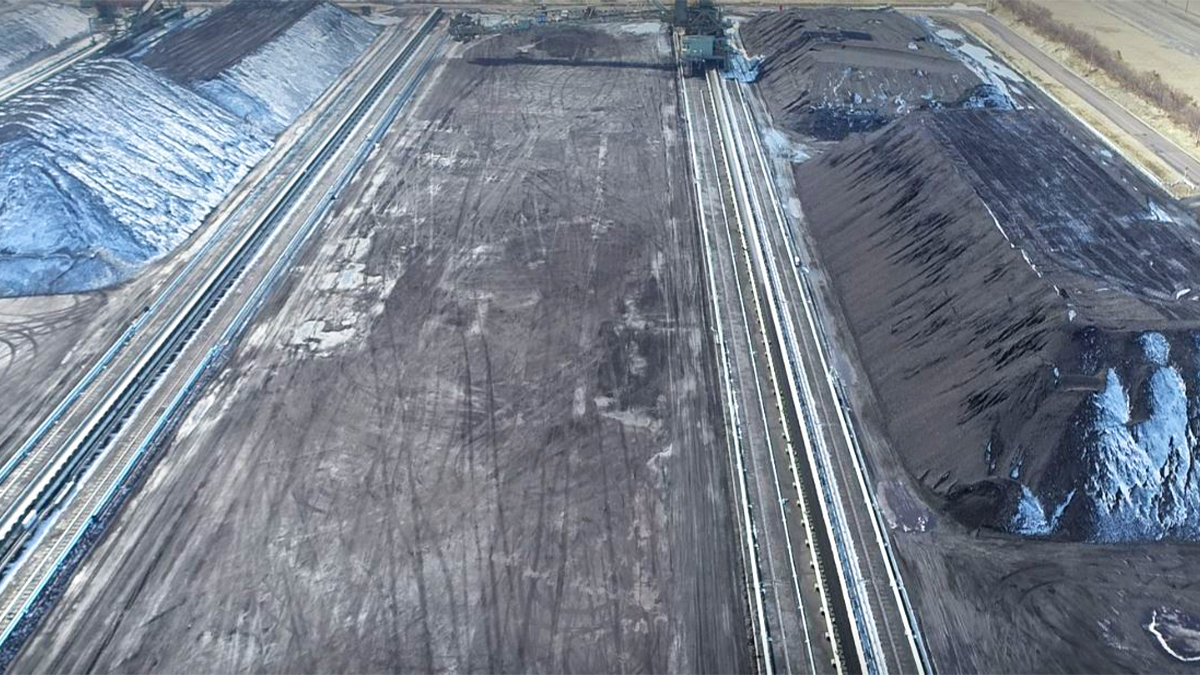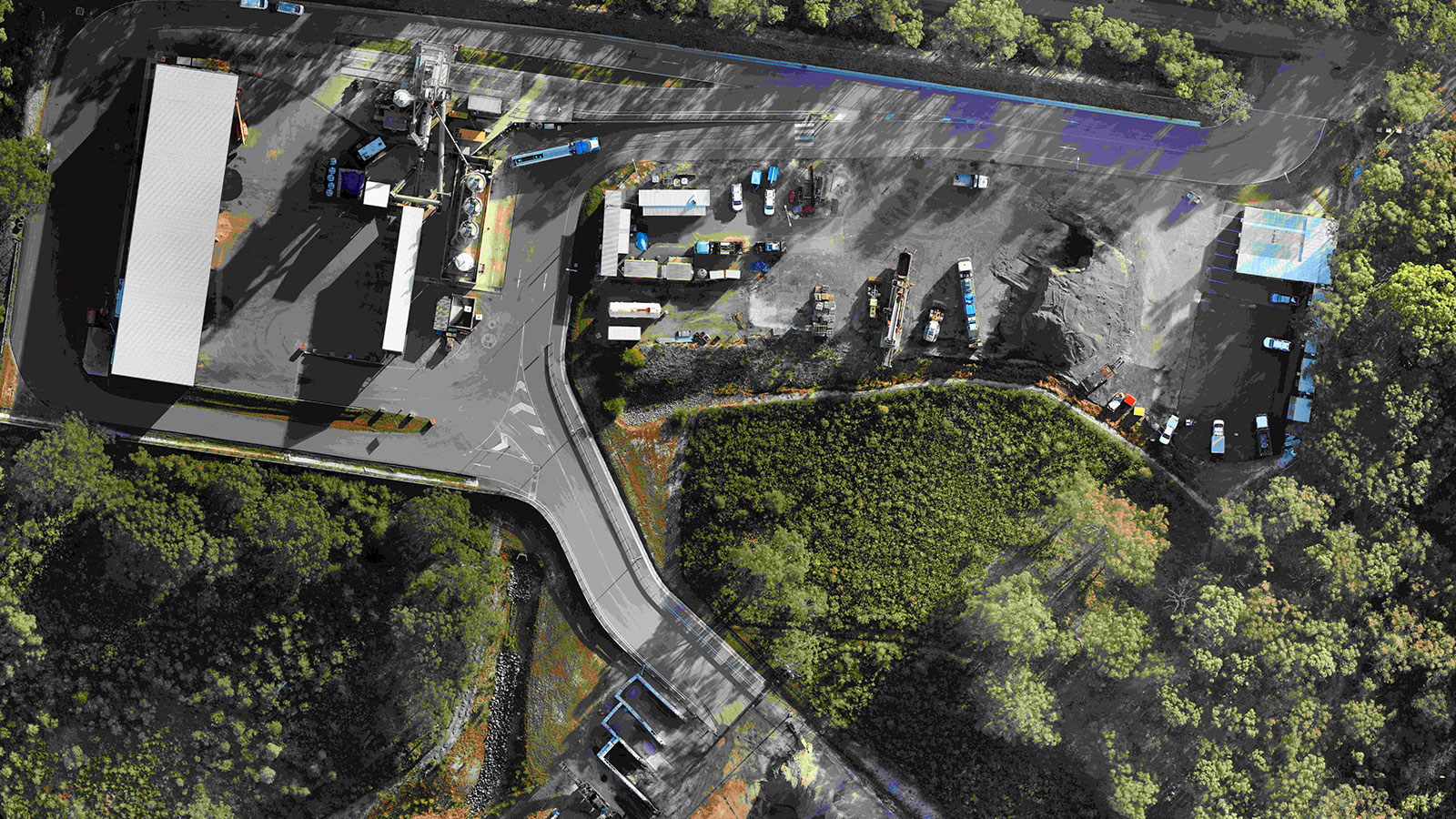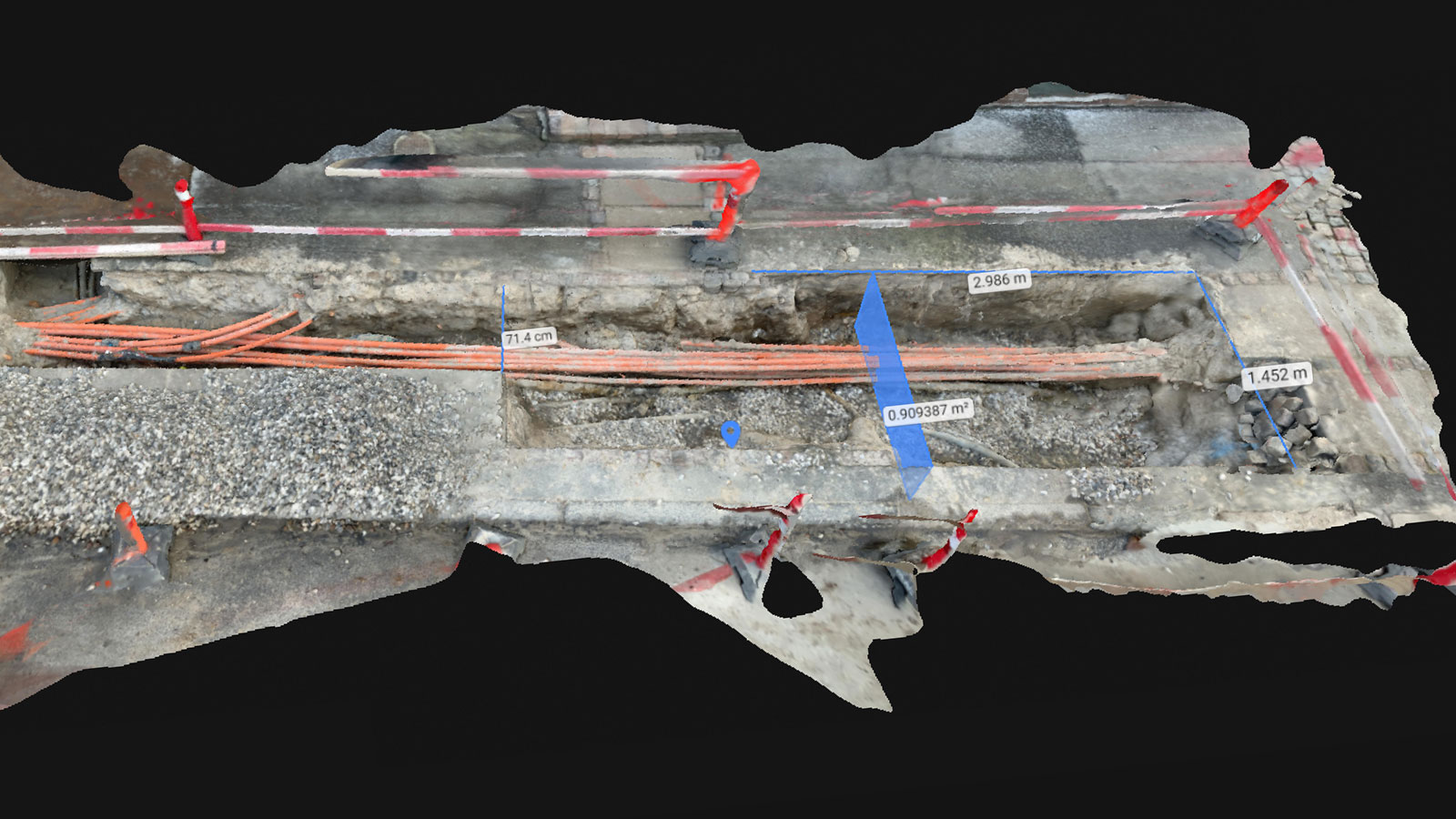Stockpile volume calculation with photogrammetry
Of the biggest 40 mining companies announced in PWC’s mining report, nearly half of them use Pix4Dmapper photogrammetry software for stockpile measurement and volume comparison as part of their mining workflow.
Calculating and managing stockpile inventory, that is, finding a solution for accurate volume measurement and easy inventory management, is one of the biggest challenges in the mining industry.
These top mining companies claim that by applying the photogrammetry workflow with Pix4Dmapper, they can achieve measurement accuracies of around 2-5% for their stockpile volumes.
Why use photogrammetry for stockpile volume measurements?
High-resolution images give you more details of the mapped stockpiles
When it comes to stockpile volume measurements, stockpiles do not conform to a perfect shape. A photogrammetric survey with a fine ground sampling distance (GSD, which indicates the actual distance each pixel represents) is able to better describe irregular stockpiles in detail.
Horizontally, high-resolution photogrammetric results create more precise stockpile models, and thus better volume measurement accuracy than ones interpolated from certain measured points.
Vertically, they lower the uncertainty in Z values, which is proportional to the resolution. For example, flatter stockpiles will benefit more from a high GSD than taller stockpiles.

Larger uncertainty in vertical direction in low GSD datasets Pix4Dmapper photogrammetry software allows you to adjust the reference base above which you want the volume to be measured
Why is setting a precise reference base important for getting accurate volume measurement?
Imagine we have a 10-meter-tall crushed gravel stockpile in a cone shape, with a 45° angle of repose:
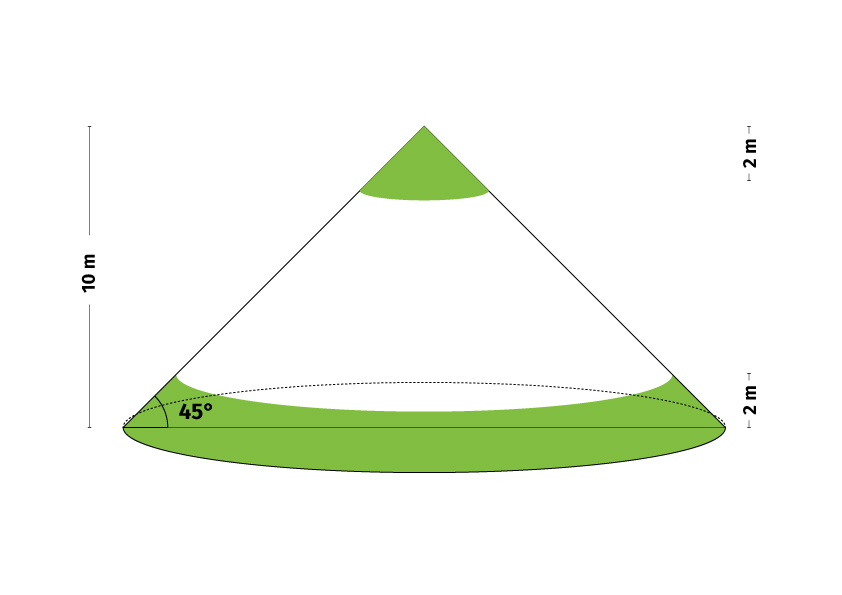
The error of the height values will have much more influence for the bottom flat part than the tip. This also explains how important to well-define the base surface is in order to obtain an accurate volume measurement.
Typically, there are several types of stockpiles
Standard stockpile is the most generic stockpile type. It is constructed with basic bucket loading and dumping techniques.

Ramp stockpile is constructed high, with a narrow ramp, and is optimal for storing a large amount of materials in a very limited area.
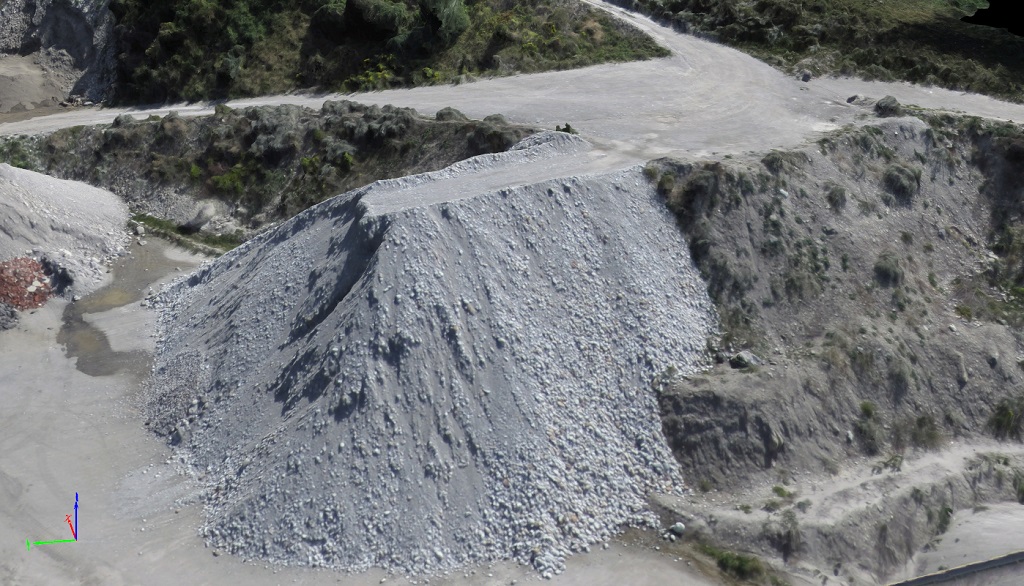
Bin stockpile is a common stockpile type. Materials are stored in a row of three-sided bins, with enclosures consisting of a hard floor and walls. It is the best solution to keep different materials separate.
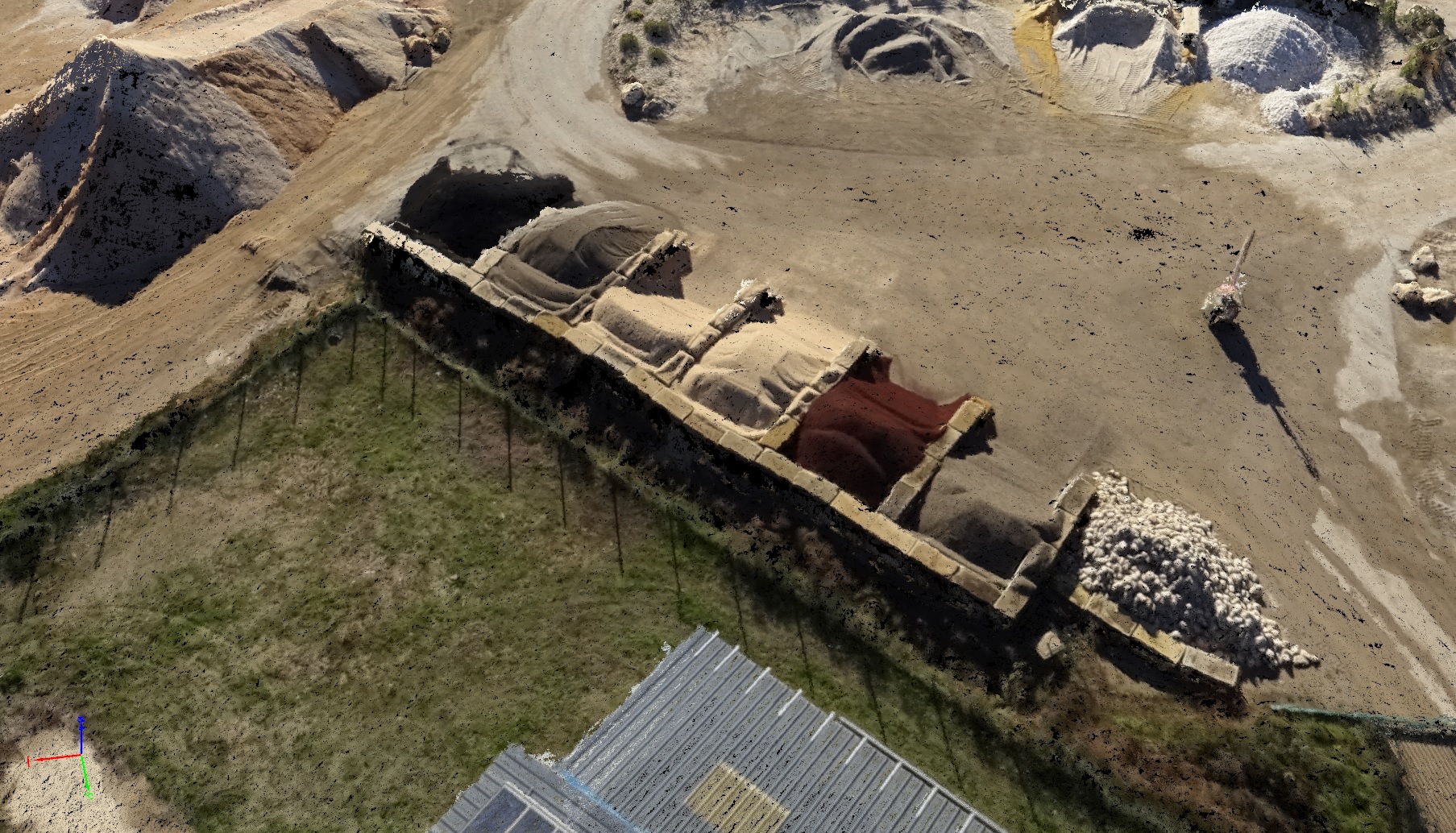
Precise measurement of the stockpile inventory using drones
In addition to generating precise 3D models for the purpose of measurements, Pix4Dmapper photogrammetry software and Pix4Dcloud Advanced are used for stockpile measurement because of their ability to customize base surfaces.
The software provides 6 different base surface-defining options in its volume management module; for more complicated conditions, users can import their own base surface (or ground-surveyed points which form the base surface) and use them as a base to calculate stockpile volumes.
Want to learn more about calculating and comparing volumes?
- How to calculate volumes on Pix4Dcloud.
- How to compare stockpile volumes over time.
- How to draw a volume.
- Read more in our whitepaper.
